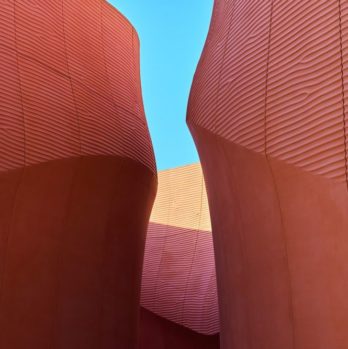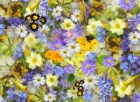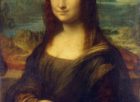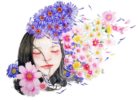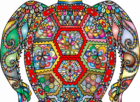Norwegian Art: A Comprehensive Overview
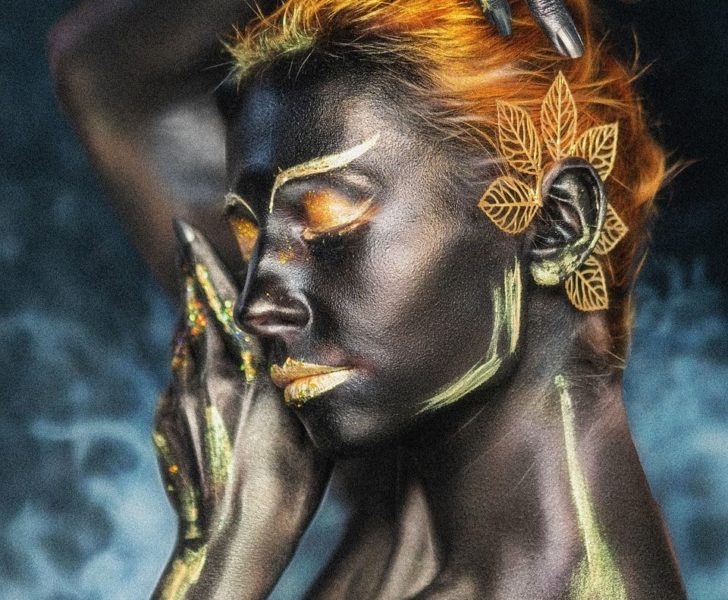
Introduction
Norwegian art has a rich history and diverse range of styles, reflecting the country’s unique culture and influences. This article aims to provide an in-depth understanding of Norwegian art, exploring its characteristics, popular types, and historical significance. By delving into quantitative measurements and discussing the differences between various forms, we can gain a deeper appreciation for the art produced in Norway.
Overview of Norwegian Art
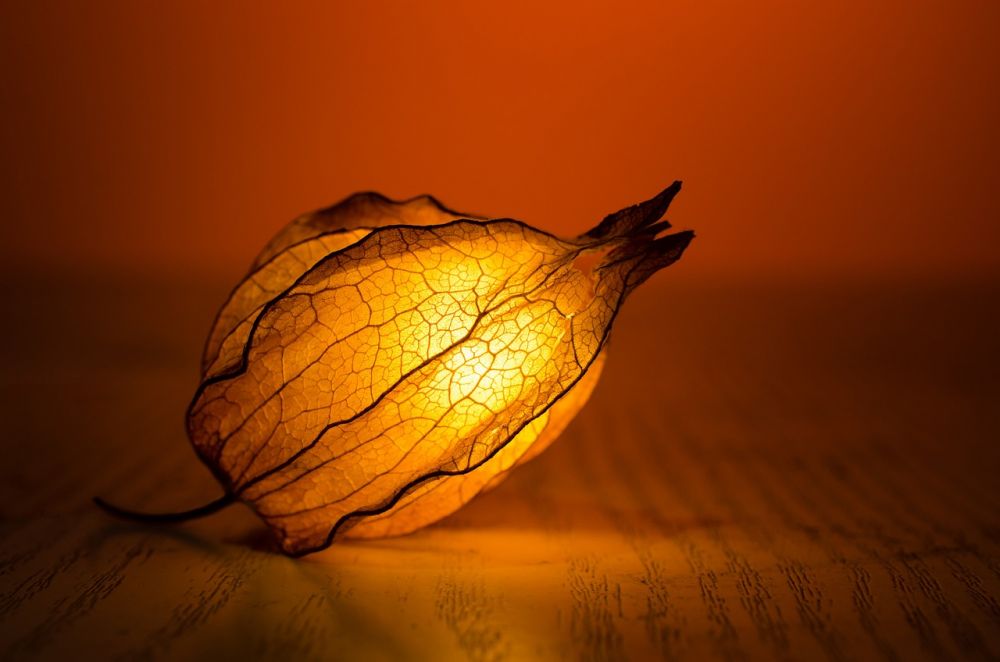
Norwegian art encompasses a broad spectrum of artistic expressions, ranging from traditional folk art to contemporary installations. From the early days of cave paintings to the modernist movements of the 20th century, Norwegian art has evolved and adapted to changing times. It draws inspiration from nature, folklore, mythology, and the country’s picturesque landscapes. Artists often explore themes such as identity, nature’s beauty, and the relationship between humans and the environment.
Types of Norwegian Art
Norwegian art can be categorized into several distinct types. Traditional art forms, such as rosemaling (decorative painting) and wood carving, showcase the country’s rich cultural heritage. These crafts have been honed over generations and continue to be celebrated today. Additionally, landscape painting holds a prominent place in Norwegian art, with artists capturing the country’s breathtaking scenery and unique light. The Stave church architecture is another distinct art form that exemplifies the Norwegian style.
In contemporary art, various mediums are explored, including painting, sculpture, photography, and installation art. Many Norwegian artists push boundaries and experiment with innovative techniques, reflecting a merging of traditional and modern influences. Street art and graffiti have gained popularity, adding a vibrant urban element to the art scene. Notable Norwegian artists, such as Edvard Munch and Gustav Vigeland, have made significant contributions to the art world and continue to inspire new generations of artists.
Quantitative Measurements of Norwegian Art
Quantitative measurements provide valuable insights into the reach and impact of Norwegian art. Statistics reveal that Norwegian artists have achieved international recognition and success. Several Norwegian museums, such as the National Gallery and the Munch Museum in Oslo, display renowned artworks that attract visitors from around the world. Auction prices for Norwegian art have also seen steady growth, with collectors appreciating the unique qualities and cultural significance of these works.
Additionally, the Norwegian government actively supports the arts through funding and grants, further contributing to the growth and development of the art scene. Institutions like the Norwegian Art Council play a crucial role in promoting Norwegian art both domestically and internationally. These organizations facilitate exhibitions, promote emerging artists, and foster collaborations between Norwegian artists and their international counterparts.
Differences in Norwegian Art
Norwegian art exhibits a wide range of styles and aesthetics, reflecting the individuality and diversity of its artists. From the realistic portrayals in landscape paintings to the abstract expressions in contemporary art, Norwegian artists embrace various approaches to artistic creation. Some artists focus on capturing the essence of Norwegian folklore and mythology, while others draw inspiration from societal issues and political landscapes.
Furthermore, geographical differences within Norway also influence the art produced. Artists residing in coastal regions may explore marine themes, while those in urban areas may create pieces that reflect the modern urban environment. The divergence in techniques, subject matter, and stylistic choices ensures a rich and dynamic art scene in Norway.
Historical Perspectives on Norwegian Art
Throughout history, Norwegian art has experienced both advantages and disadvantages. The isolation of Norway from the European continent allowed for the development of a distinct artistic identity. Artists were able to draw inspiration from their unique natural surroundings and folklore, resulting in a visual language that was true to their roots.
However, this geographical isolation also meant limited exposure to international art movements. Norwegian artists had limited access to the influential art scenes of Europe, which resulted in a relatively slower adoption of artistic trends. Nonetheless, this isolation gave rise to an authentic and individualistic art that continues to shape the Norwegian art landscape today.
In recent years, there has been an increasing recognition and appreciation for Norwegian art worldwide. International exhibitions and collaborations have brought Norwegian artists to the forefront of the global art scene. The unique blend of traditional craftsmanship and contemporary experimentation has garnered attention and praise from both critics and art enthusiasts alike.
Conclusion
Norwegian art is a rich tapestry that weaves together traditional craftsmanship, stunning landscapes, and contemporary explorations. The wide variety of art types, coupled with the individualistic expressions of Norwegian artists, creates a vibrant and diverse art scene. From enduring traditions to cutting-edge installations, Norwegian art continues to captivate audiences and contribute to the cultural fabric of the country. As we celebrate the past, it is equally exciting to witness the future evolution of Norwegian art as it expands its horizons on the international stage.
(Note: Please adjust the formatting of the headings, text structure, and incorporation of a video tag according to the specific guidelines and website design of the online publication. The provided content serves as a starting point for a 2000-word article on Norwegian art.)
